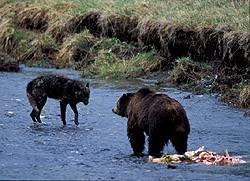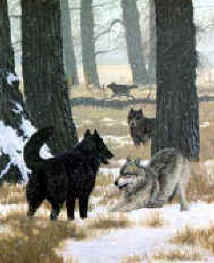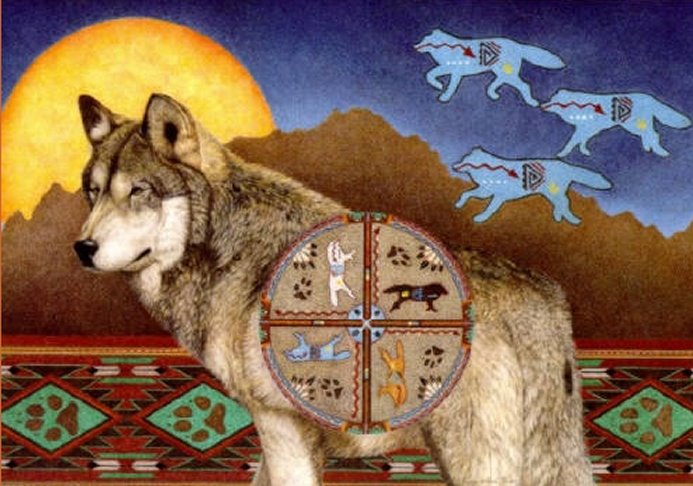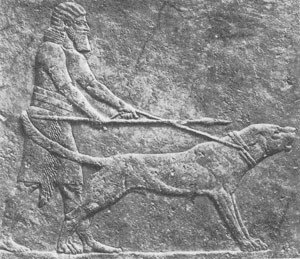In the modern era, Christmas celebrations begin on Christmas eve and, for many of us, end with the celebration of the birth of Christ on Christmas day. But for much of the last two millennia, Christmas wasn't the end of the season of celebration - it was the start of it. And as the song tells us, it went on for twelve days.
Fortunately, there is a historian on the net,
Got Medieval, who has, in the past, shed some light on the history of our celebrations:
. . . The Nativity is celebrated on December 25, a date set in 337 by Pope St. Julius I. So, Merry [1674th] Christmas, everybody! For most of the Middle Ages, Christmas was not, as it is today, the culmination of the holiday season, but rather its beginning. The twelve days of Christmas begin on Christmas, after all, and stretch until January 5th, also known as Twelfth Night, the day before Epiphany, the day the Magi arrived. . . .
December 26 marks the Feast of St. Stephen the Protomartyr of all Christianity. You may remember him as the guy that Saul helps to stone in Acts. And if you're American, you probably spent at least part of your childhood wondering why "Good King Wenceslas" looked out on the feast of Stephen instead of Christmas, since you sing the song at Christmastime. . . .
The Feast of St. John the Evangelist--not to be confused with St. John the Baptist--comes the next day, on December 27. St. John has the distinction of being the only one of the original twelve apostles to live to be an old man, rather than dying as a young martyr. According to one story, John was almost martyred, however, when someone tried to poison his wine, but he was saved because it was his habit to bless his wine before he drank it. John's blessing didn't just passively purify the wine--according to the story, the poison rose up magically from the chalice and formed into the shape of a servant that then slithered off. Thus, St. John often appears in medieval iconography as a man holding a chailce with what looks like steam coming out of it.*** In recognition of this near miss, traditional Catholics celebrate St. John's with lots of wine. I guess magic snakes are as good an excuse as any.
If you look closely at the image from the medieval calendar above, you can see that December 28 is illustrated by two midgets impaled on a spear that's being propped up by someone's decapitated head. That's because December 28th is The Feast of the Holy Innocents, commemorating the children massacred by Herod in his failed attempt to kill off Christ. . . .
St. Thomas Becket, Henry II's "turbulent priest" is commemorated with a feast on December 29. (He's the one pictured above near the end with a dagger sticking out of his head.) As a Chaucerian, I'm pretty tired of Thomas Becket. I mean, what's the big deal? He's just a bishop who got killed by some overzealous royal sycophants. Sure, he's known for curative powers, but what saint isn't? . . .
Rounding out the year, The Feast of Pope St. Sylvester is celebrated on December 31. Sylvester is chiefly notable for being the pope that Emperor Constantine was said to have given all his lands to, thus granting the papacy superiority to all temporal monarchs--at least, that's the story the popes told. . . .
Just as a person is the sum of their choices in life, so are we, in a collective sense, the sum of our history. It pays to know it. . . . Do visit Got Medieval for his additional commentary on the Saints above.
The NYT tells us today that, according to the CPI (Christmas Price Index), the cost for giving a loved one all of the gifts set out in the "Twelve Days of Christmas" has risen this year to $101,000.
On the 1st Day of Christmas . . . Celebrating The Birth Of Christ
On the 2nd Day of Christmas . . . Feast of St. Stephen, The First Martyr of the Church
On the 3rd Day of Christmas . . . Feast of St. John the Evangelist & The Blessing Of The Wine
On the 4th Day of Christmas . . . Feast of the Holy Innocents
On the 5th Day of Christmas . . . Feast of St. Thomas a' Becket
On the 6th Day of Christmas . . . Feast of the Holy Family*
On the 7th Day of Christmas . . . Feast of St. Sylvester
On the 8th Day of Christmas . . . Solemnity of Mary, Mother of God . . . and during Medieval times, The Feast of Fools and the Feast of the Circumsision
On the 9th Day of Christmas . . . Feasts of Sts. Basil the Great and Gregory Nazianzen
On the 10th Day of Christmas . . . Feast of the Holy Name
On the 11th Day of Christmas . . . Feria
On the 12th Day of Christmas . . . 12th Night
The Epiphany
For more on the origins of our Christmas traditions, including why we celebrate Christmas on Dec. 25 and how the Norse God Odin came to be Santa Claus, please visit here.
As a palate cleanser, here is Frank Kelly's Irish version of the 12 days of Christmas . . .Heh - it's rolling on the floor funny.
On a final note, no Anglo-American celebration of Christmas is complete without egg-nog. You will find several very fine recipes here.
Do please have a merry and happy 12 days of Christmas.















































2 comments:
Thanks for the links, Mr. Wolf, and Merry 12 Days of Christmas to you and your pack, cubs, et al.
Lollll . . . thank you sir. And same to you.
Post a Comment